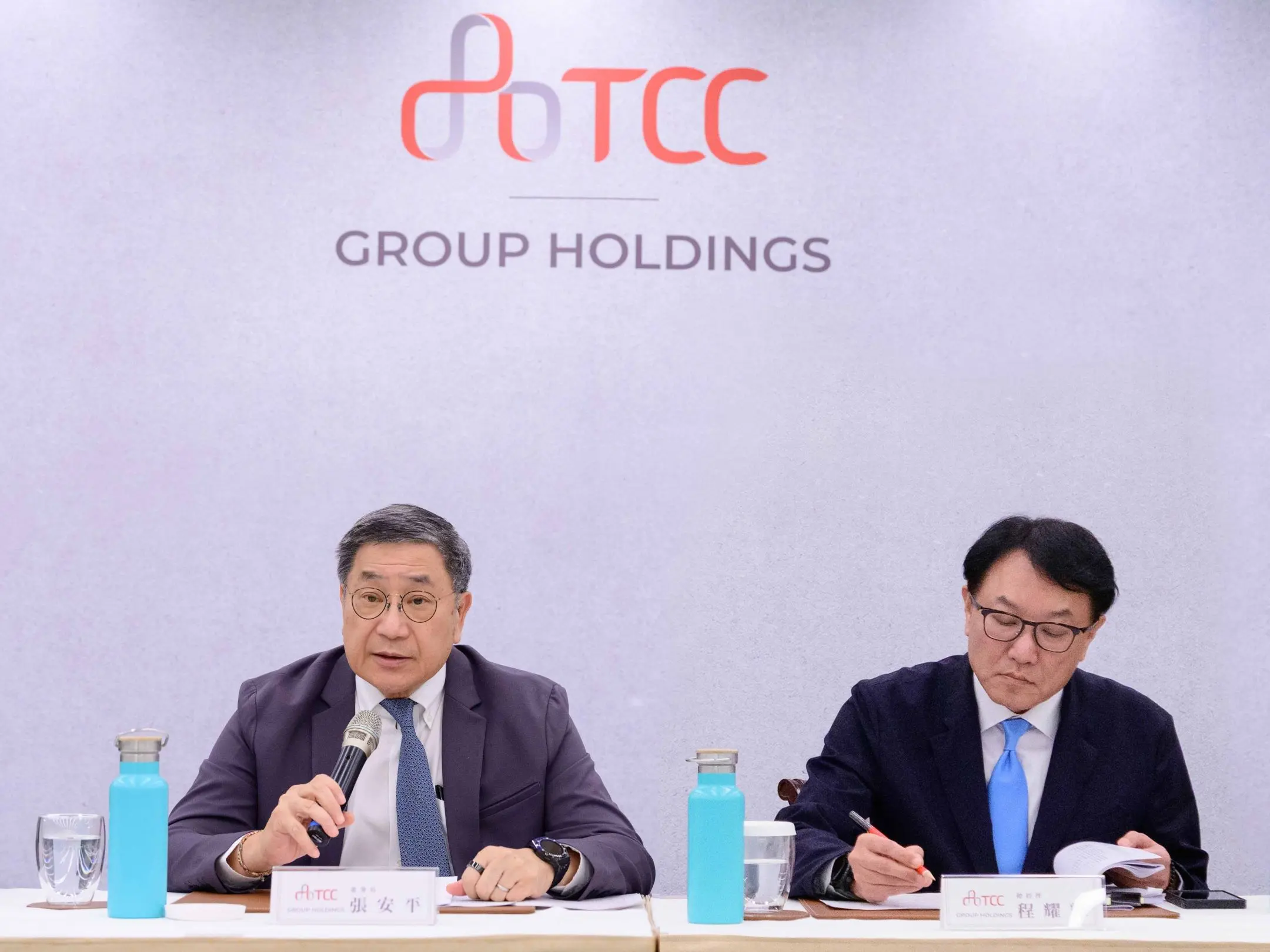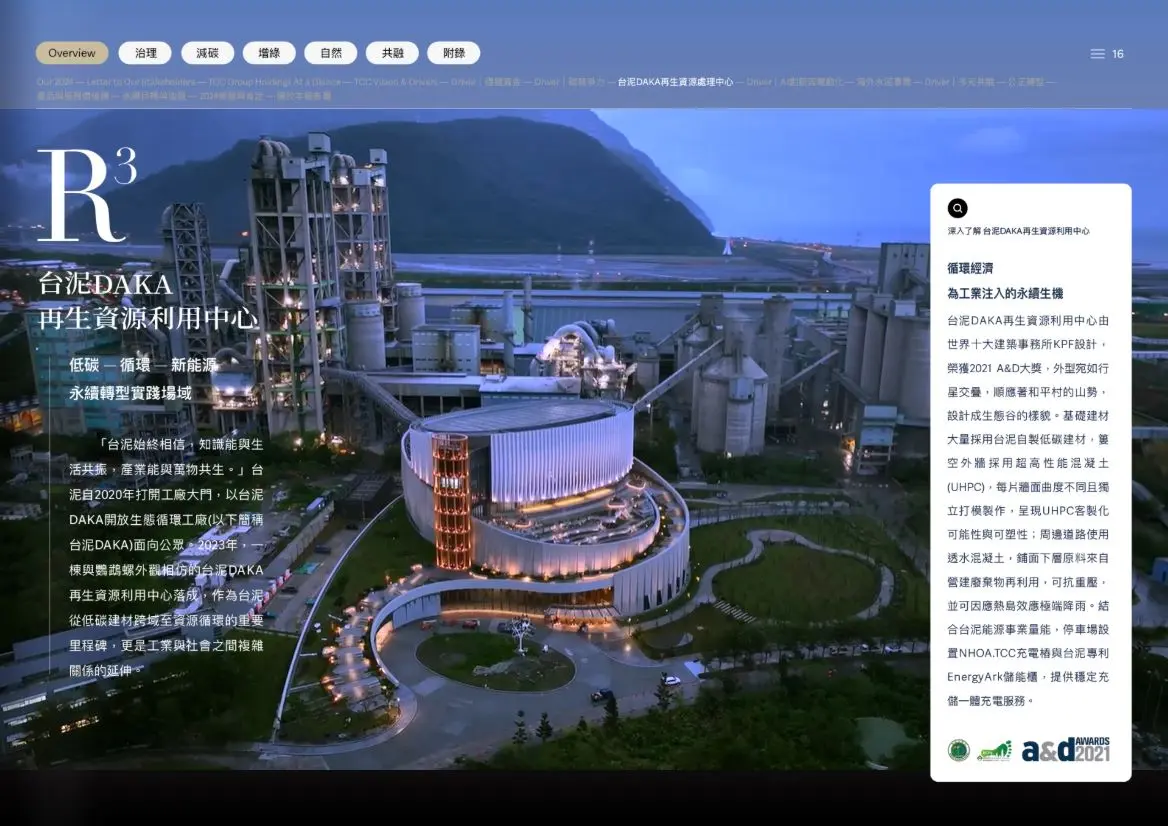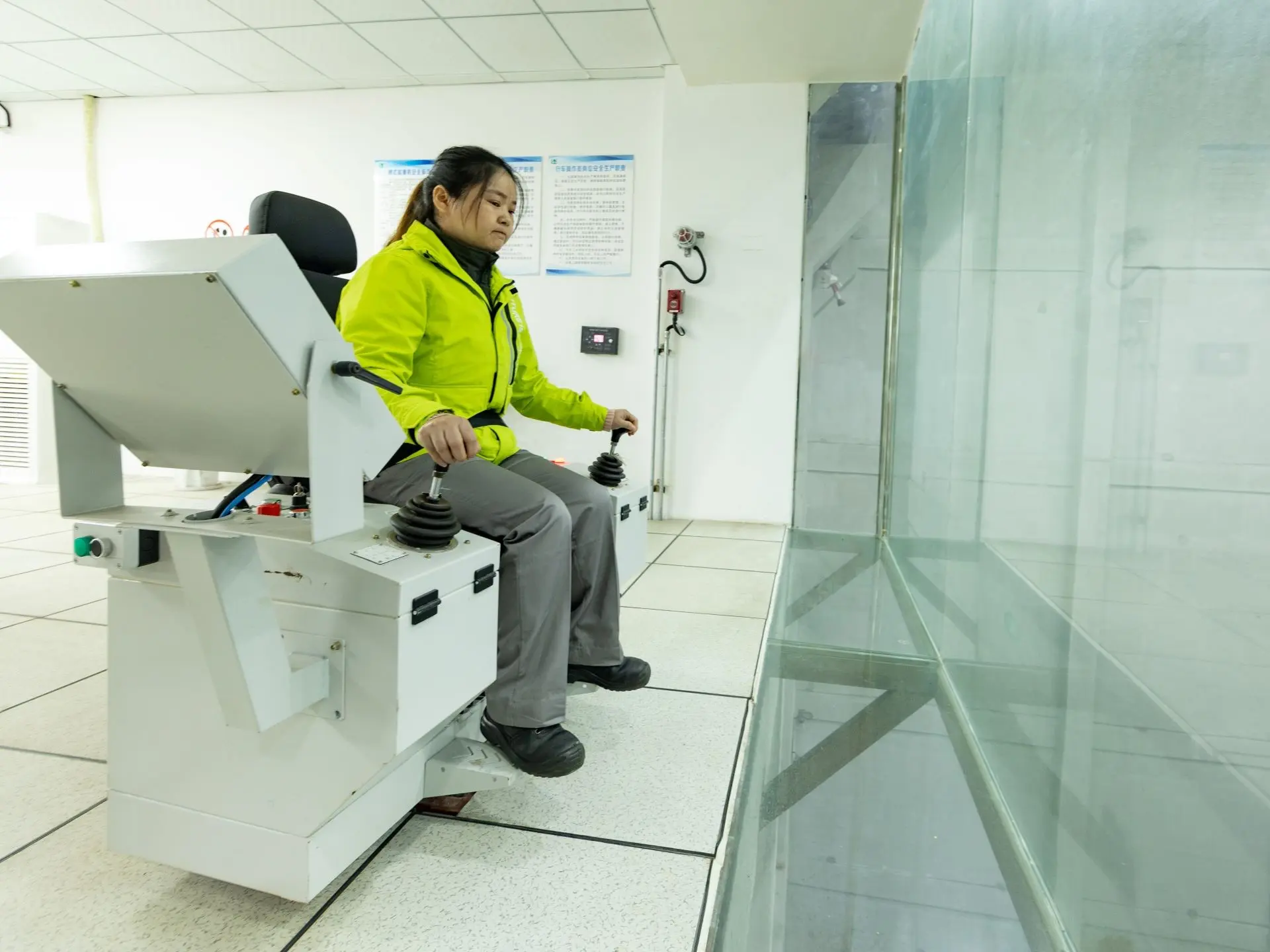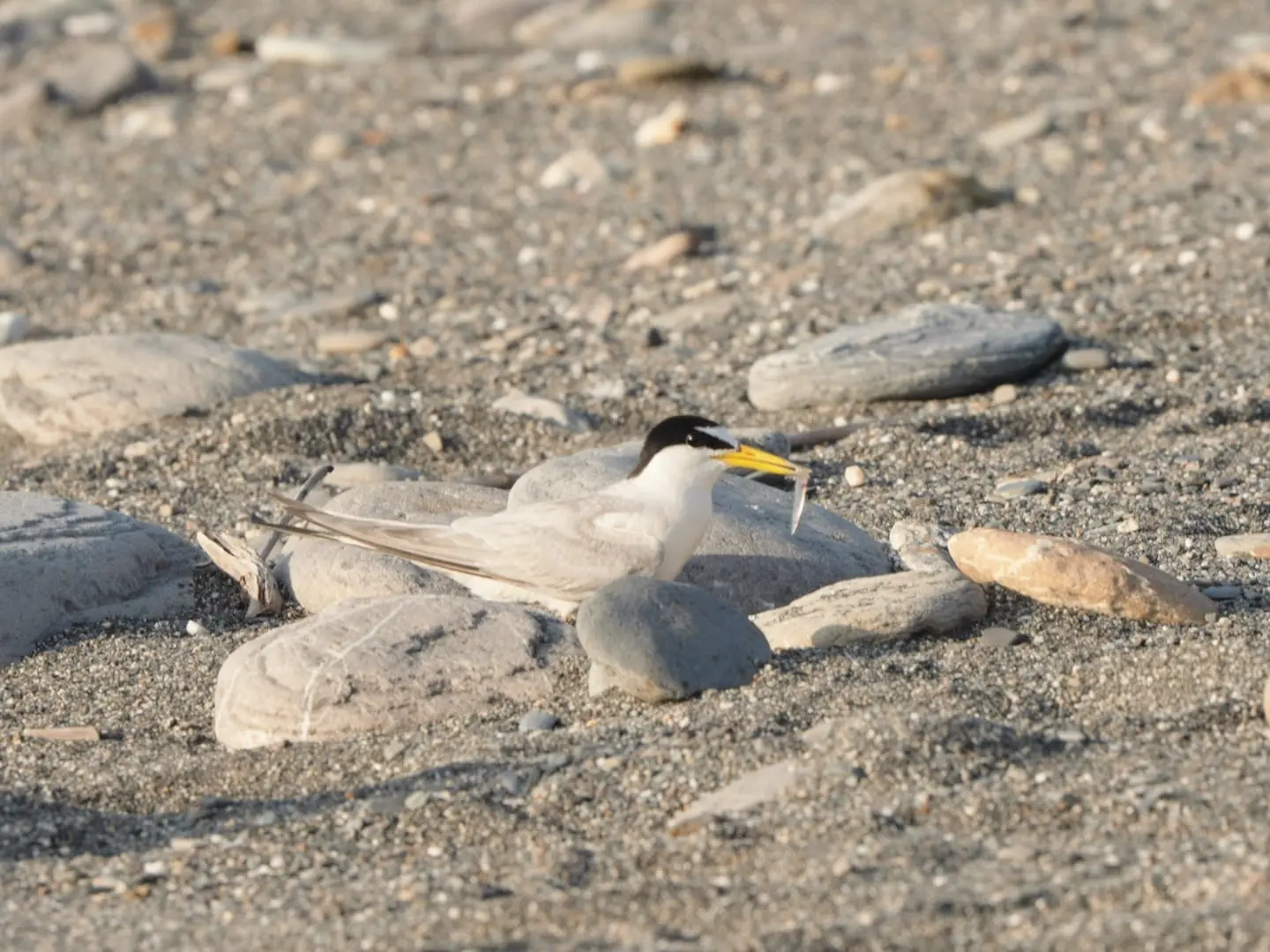Circular Economy and Tourism New Landmark: TCC DAKA Renewable Resource Recycling Center
- Home
- Sustainable E-newsletter
- Circular Economy and Tourism New Landmark: TCC DAKA Renewable Resource Recycling Center
Environmental 2025 Vol.03
Circular Economy and Tourism New Landmark: TCC DAKA Renewable Resource Recycling Center
- #Nautilus Bibliotheca
- #TCC DAKA Renewable Resource Recycling Center
-
-
-
Share
The TCC DAKA Renewable Resource Recycling Center (RRRC) at TCC's Hualien Hoping Plant was officially inaugurated on September 27. The ribbon-cutting ceremony was a historic moment witnessed by the Heping Village Chief and three tribal chairmen from the area, as well as the village chief and tribal chairman from the neighboring Aohua Village in Nanao, alongside esteemed guests from Hualien's industry, government, and academia. The RRRC is not only the first demonstration site in Taiwan for high-temperature cement kiln co-processing domestic waste but also a new landmark in the DAKA park that integrates environmental education and tourism, with public visits available by reservation in the future.

From Domestic Waste Treatment to a Palace of Knowledge and Aesthetics
The TCC DAKA RRRC, designed by the internationally renowned architectural firm KPF, has won an A&D Award and Taiwan's Low-Carbon Building Certification, demonstrating the aesthetic value of industrial architecture. The building's exterior utilizes TCC's Ultra-High Performance Concrete (UHPC), highlighting the material's malleability. The park roads are paved with pervious concrete to help mitigate the heat island effect and respond to extreme rainfall. Furthermore, the structure ingeniously incorporates a charging station that uses UHPC energy storage cabinets, practically integrating innovative low-carbon transformation products and services.
In addition to waste treatment, TCC has transformed the RRRC into a new domain of knowledge and aesthetics—the Nautilus Bibliotheca—hoping to show that a cement plant can also become an inspirational temple of knowledge.
The building's exterior was designed to reflect the Golden Ratio spiral of the Nautilus shell. This imagery and the internal space jointly create a setting that holds memory, imagination, and exploration. The Nautilus, a living fossil that has existed for 450 million years, perfectly echoes TCC's commitment to the values of sustainability, circularity, and symbiosis.


The library's collection includes replicas of Chinese and foreign artifacts spanning thousands of years, some of which were expertly replicated using TCC's cement craftsmanship, proving that cement is more than just a cold construction material.
Among them, the "Infinite Cycle of Universal Peace" sculpture, cast in UHPC, features the symbols of the world's major religions and peace symbols, expressing TCC's deep hope for global inclusion and peace from its location in "Heping" (means "peace" in Chinese), Hualien.
This library is not only a new tourism highlight but also a symbol of the company finding opportunities for transformation and rebirth amidst adversity.
Waste and Carbon Reduction with Local Co-Prosperity
Chairman Nelson Chang emphasized that TCC should not merely be a cement-producing company, but one that actively utilizes the high-temperature technology of the cement kiln to help society process municipal and various other types of waste, reducing carbon emissions and pollution. "We have the ability to transform the infrastructure of a traditional industry into a tool for solving social and environmental problems. This is the important value of the cement industry in the new era."
The cement kiln is characterized by "three highs"—high temperature, long retention time, and high turbulence—which allows materials to burn completely, without residue or dioxins. Paired with a gasifier inside the RRRC, water-containing waste can be gasified before incineration, allowing for more stable control over the quality and calorific value of the converted fuel. Crucially, compared to typical incinerators, the RRRC process produces no residual fly ash or bottom ash.
While actively pursuing environmental co-prosperity, TCC has also embedded social responsibility into the core operations of the RRRC. The operating team prioritized the recruitment of local community residents; currently, 12 of the 15 team members are registered residents of Heping Village, and 11 of those are Indigenous people.
Furthermore, TCC funded training for several local women to obtain certifications as crane operators, successfully cultivating emerging female power in the tribe.


To build trust and ensure environmental quality, TCC employs a dual monitoring mechanism: The DAKA park features a real-time emission monitoring system display board, showing immediate data for pollutants like nitrogen oxides (NOx) and sulfur oxides (SOx), which is simultaneously linked to the Hualien County EPA.
Additionally, for substances that cannot be monitored in real-time, such as dioxins and lead, a third-party objective unit is proactively invited to conduct quarterly testing. The results are submitted to the Hualien County Government and concurrently publicized within the DAKA park.
Since the trial operation began, dioxin emissions have been only one-tenth of the legal standard.
Since TCC first opened the doors of its Hualien Hoping Cement Plant with the DAKA in 2020, the vision has become a tangible reality, welcoming over 9.48 million visitors. Although it faced the severe test of the April 3, 2024, earthquake, TCC demonstrated resilient strength in recovering from the extreme disaster, ensuring the TCC DAKA continues to serve as a sustainable demonstration site that integrates environmental education, tourism and leisure, knowledge sharing, and local co-existence.

You may also like
TCC GROUP HOLDINGS
SUSTAINABLE E-NEWSLETTER.











